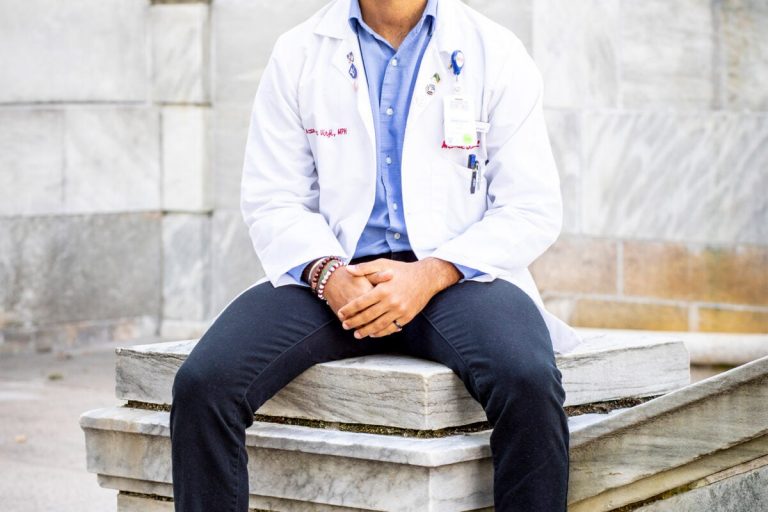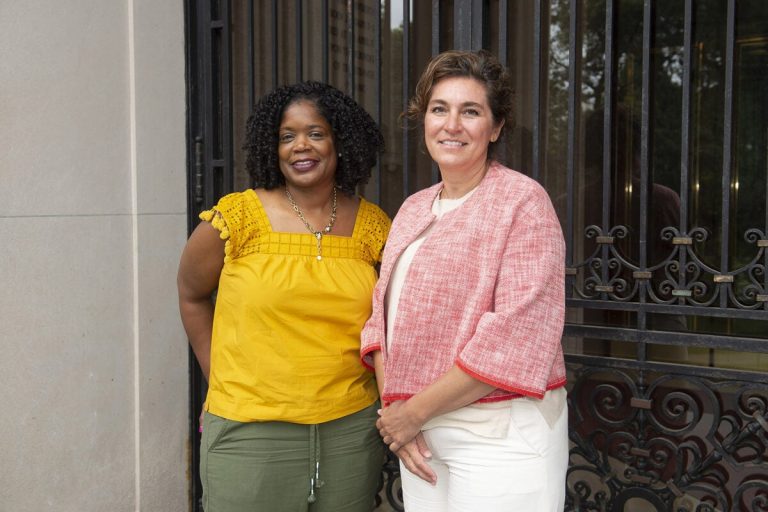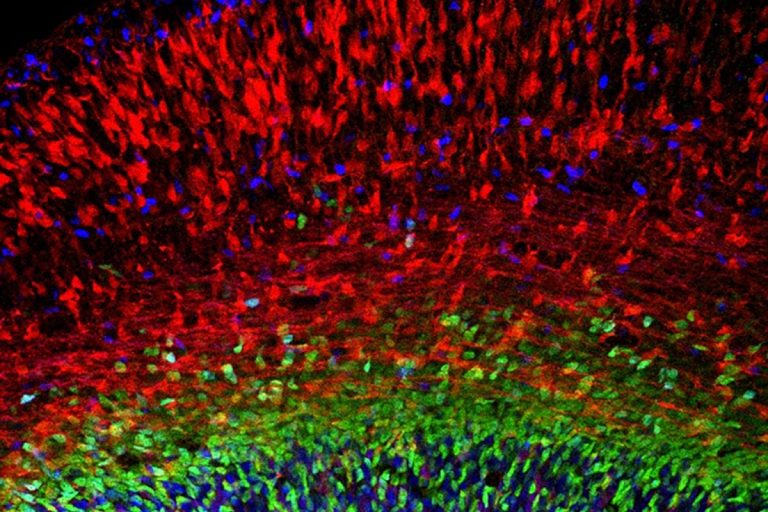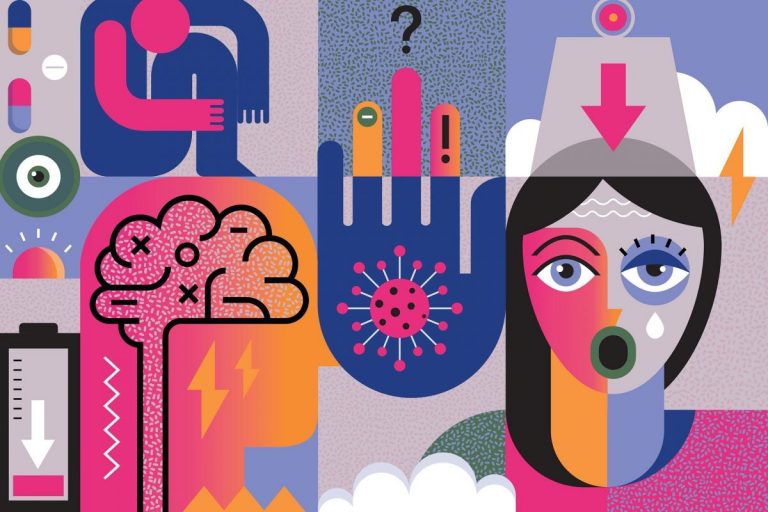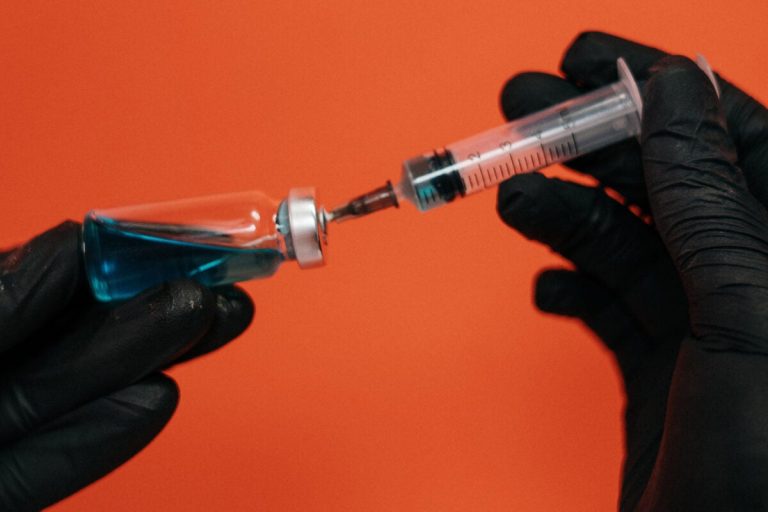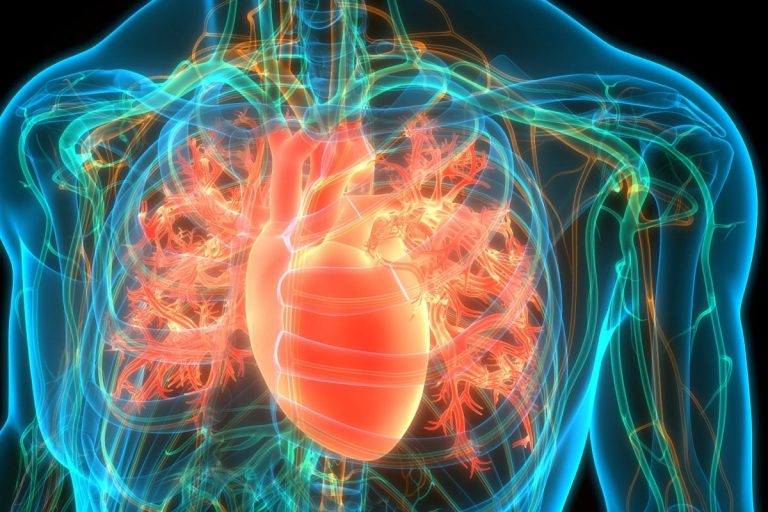Tracie Jones turned to a librarian friend, Sarah DeMott, for help documenting the experience of Black Americans in the age of COVID-19.
A few Zoom sessions and emails later, Jones and DeMott created Black America and COVID-19, a library guide that aims to serve as a historical record and shed light on the pandemic’s impact on African Americans, who are twice as likely to die from the disease than whites, according to the COVID Tracking Project.
“In 10 or 15 years from now, researchers and the general public can look at the guide and learn from scholarly and non-scholarly pieces what it was like to be a Black person in the time of COVID-19,” said Jones, the director of diversity, inclusion, and belonging at the Graduate School of Education. “It’s an important record. The racial disparities of COVID-19 are something we need to talk about as a larger community.”
The guide began taking shape in March when Jones and DeMott started collecting material from the Internet, including news articles and cultural artifacts such as songs, videos, and personal narratives that were predominant in the early days of the pandemic. Research papers and peer-reviewed articles were hard to come by in those days, as scientists were busy dealing with the outbreak. But the goal was to capture the personal stories as they were unfolding.
“We didn’t want the ephemerality of the situation to escape,” said DeMott, research librarian at Harvard College Library. “We wanted to make sure that all those accounts didn’t disappear. We were trying to capture the feeling on the ground at the moment.”
Included in the guide are recordings of incarcerated women complaining about the lack of cleaning supplies and sanitizers, videos of online town hall discussions about the impact of the outbreak on Black communities, podcasts, blog posts, links to webinars, and even a clip of Cardi B’s viral “Coronavirus (S*t Is Real)” remix.
Black America and COVID-19 organizes the material by themes such as health, data, youth, community activism, music, and poetry and literature, among others. Each theme has a co-curator who advises on content. Many of them are African American and experts in their field. The guide strives to be a collaborative platform and welcomes contributions from researchers, faculty, students, and the general public.
“We wanted to make sure that all those accounts didn’t disappear. We were trying to capture the feeling on the ground at the moment.”
— Sarah DeMott
Jo Persad ’21, a master’s student at the Ed School, said that she joined the guide as an intern in July because it offered a rare chance to participate in a project in which the Black community, instead of outsiders, documented its own history of a major event.
“As a Black woman myself, it just felt it was an amazing opportunity to be part of preserving the Black experience of this pandemic,” said Persad. “Too often when we think about the Black experience, we think about somebody who is white who comes in, does an interview, and writes up his or her own interpretation. In our library guide, there are Black people who are co-curators and are deciding what should be preserved.”
Jones and DeMott hope the guide can become a platform to spawn a civic dialogue about the role of institutional racism in the disproportionate rates of COVID-19 among Black communities in the U.S.
With support from the Harvard Libraries, the Office of Diversity, Inclusion & Belonging, and the Charles Hamilton Houston Institute for Race and Justice at Harvard Law School, the guide employs four student interns who lead workshops, community discussions, and an anti-racism book and film club. Persad is spearheading blackcovidtales on Instagram to collect individual accounts of life as a Black person in Tik Tok videos, journals, raps, photographs, etc.
With the input of the student interns, the guide is developing into a living document, said Jones and DeMott, who met last year at a winter course on racial justice taught by Jones and others.
Persad agrees.
“We want to know the Black experience from the bottom to the top,” she said. “We want to give Black people the opportunity that 100 years from now, researchers would look back and find intimate accounts of a Black person’s everyday life, which is something we don’t have enough of because our history in this country wasn’t preserved for such a long time because it wasn’t valued or seen as important.”
“Black America and COVID-19” will launch with a panel discussion on Friday, Sept. 11, at 3 p.m. You can register virtually here.

